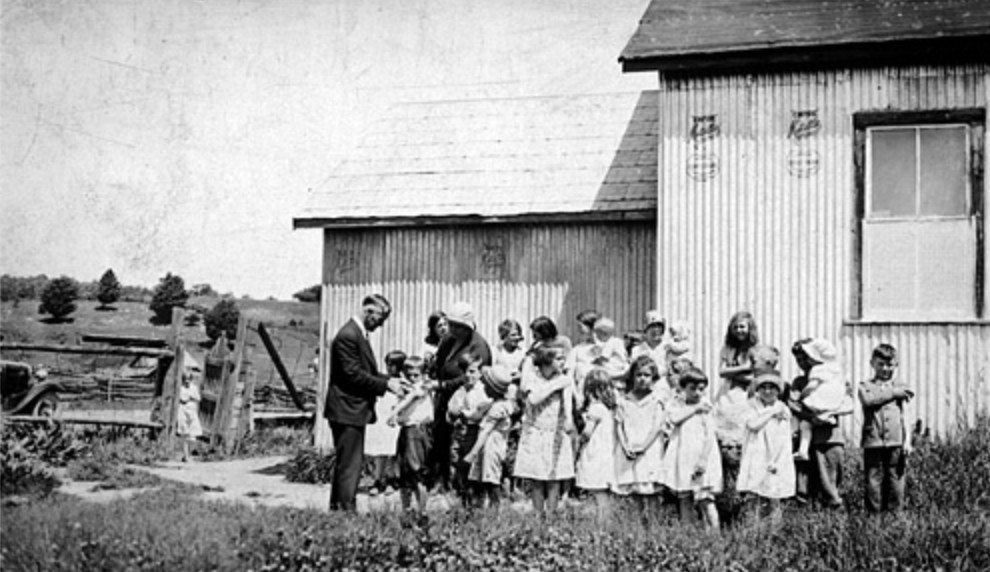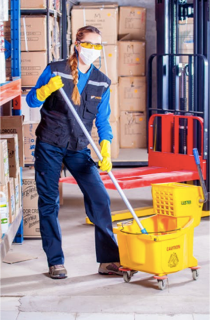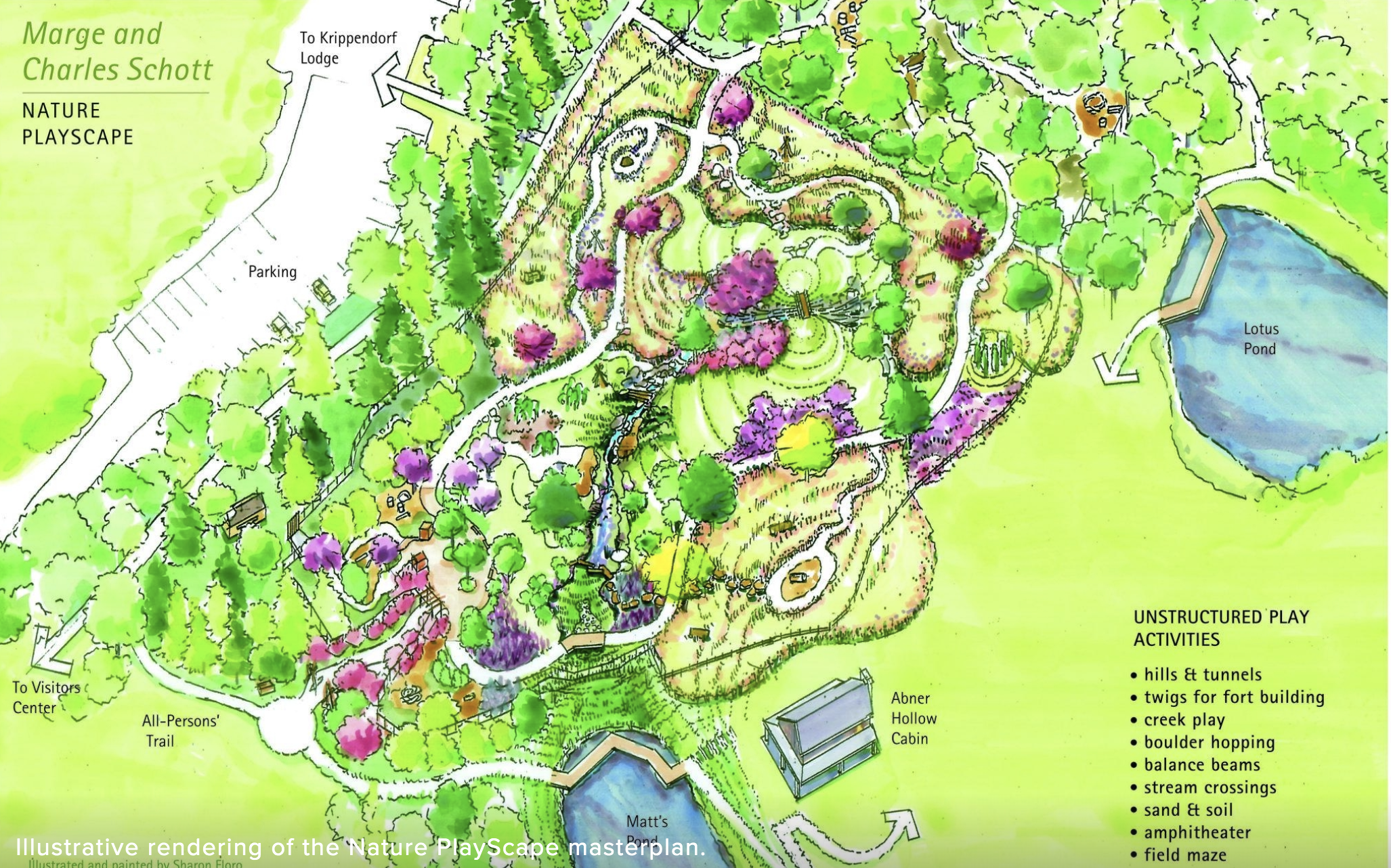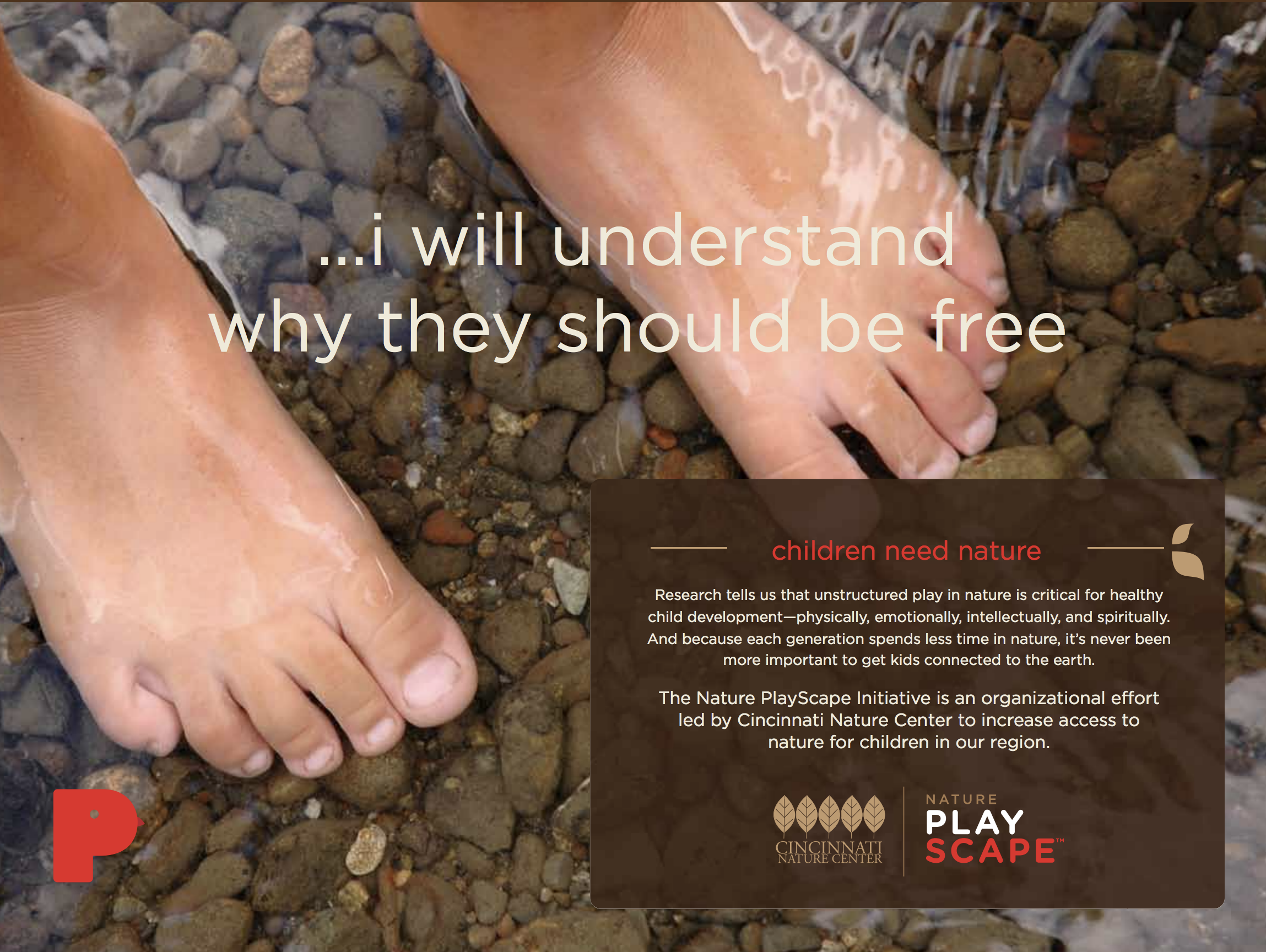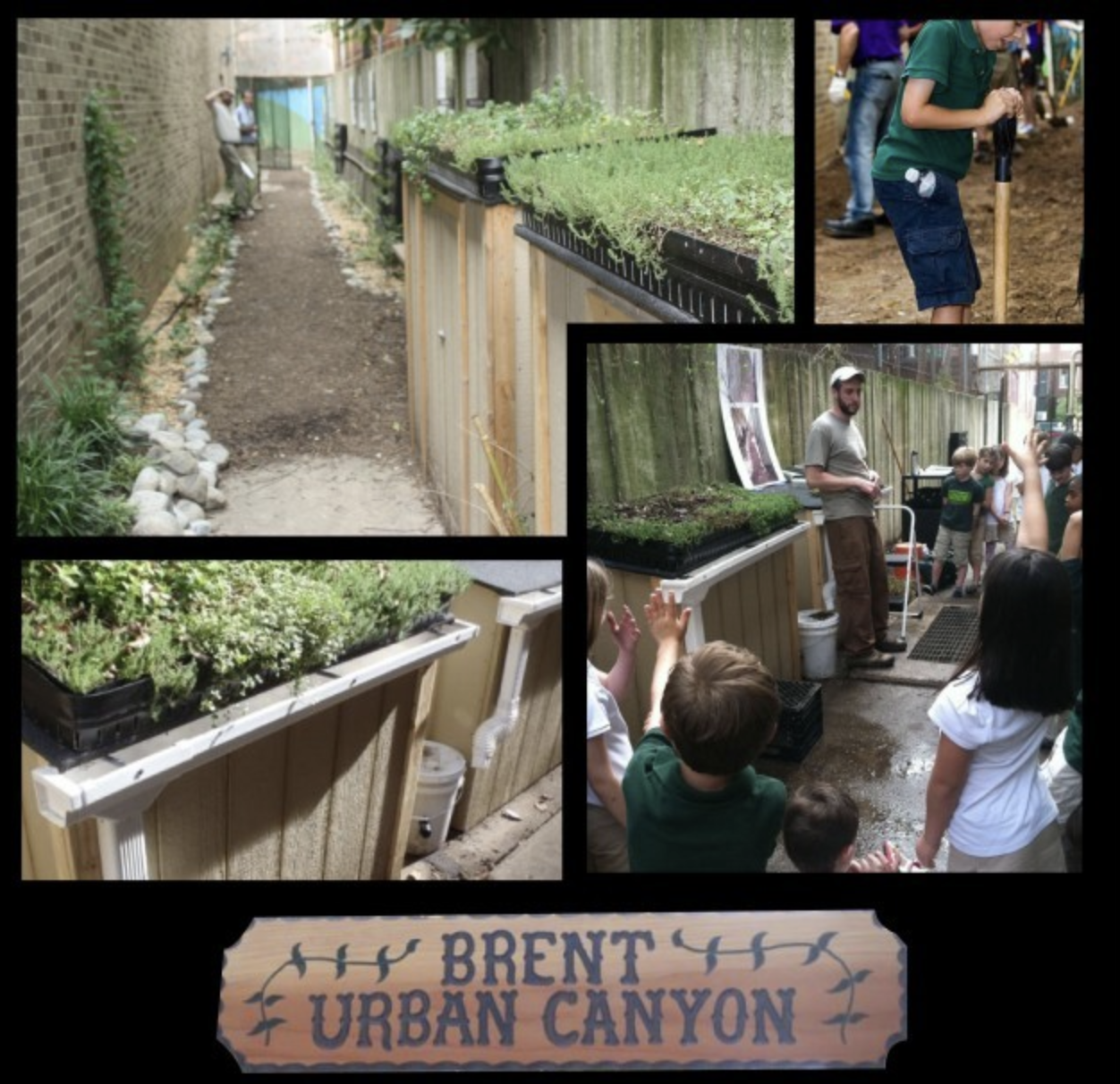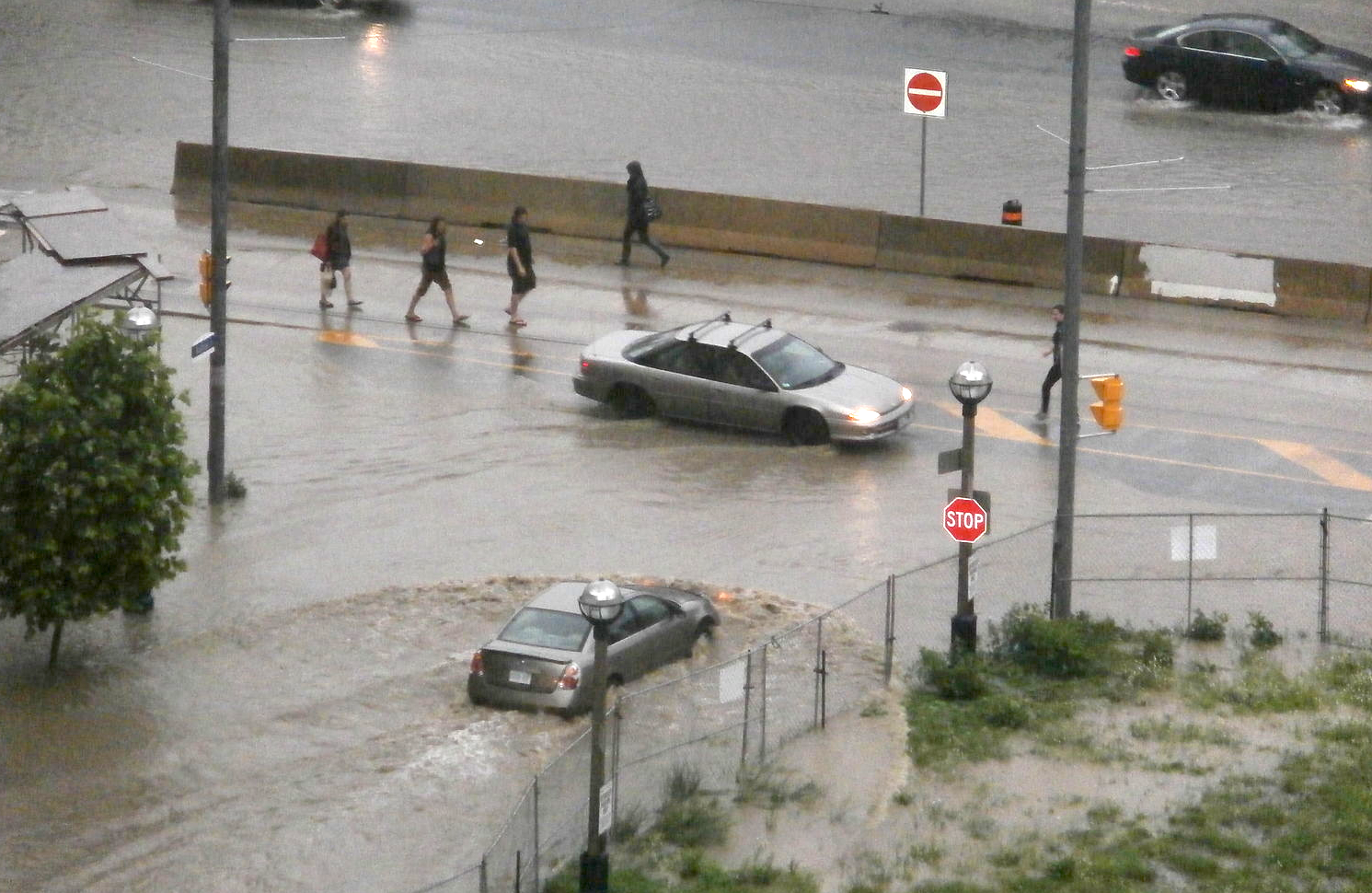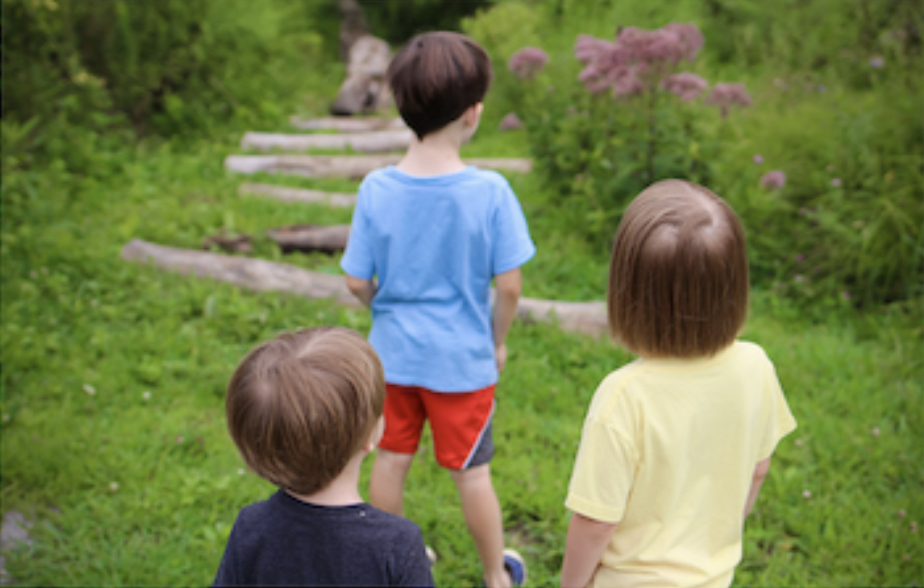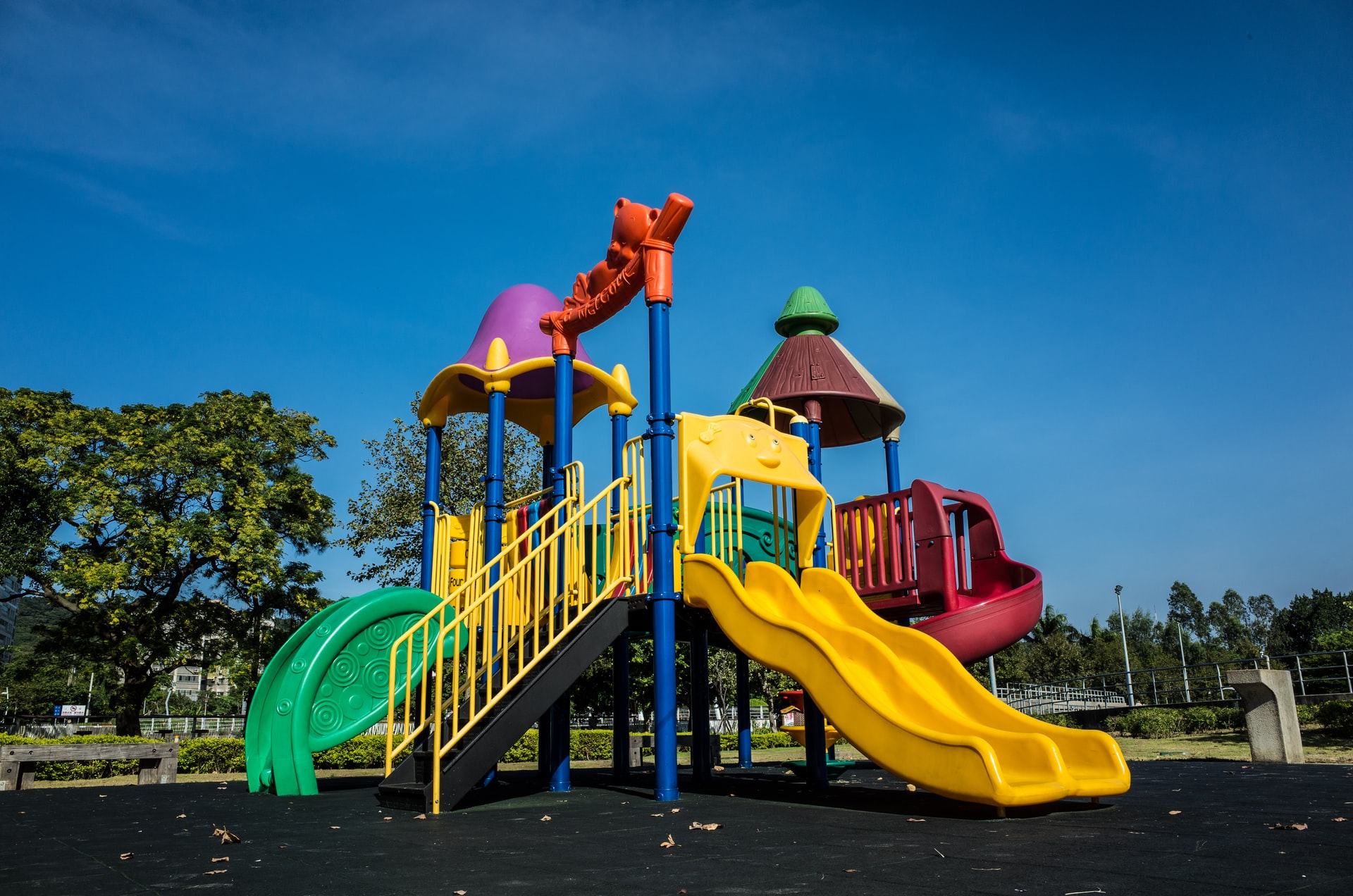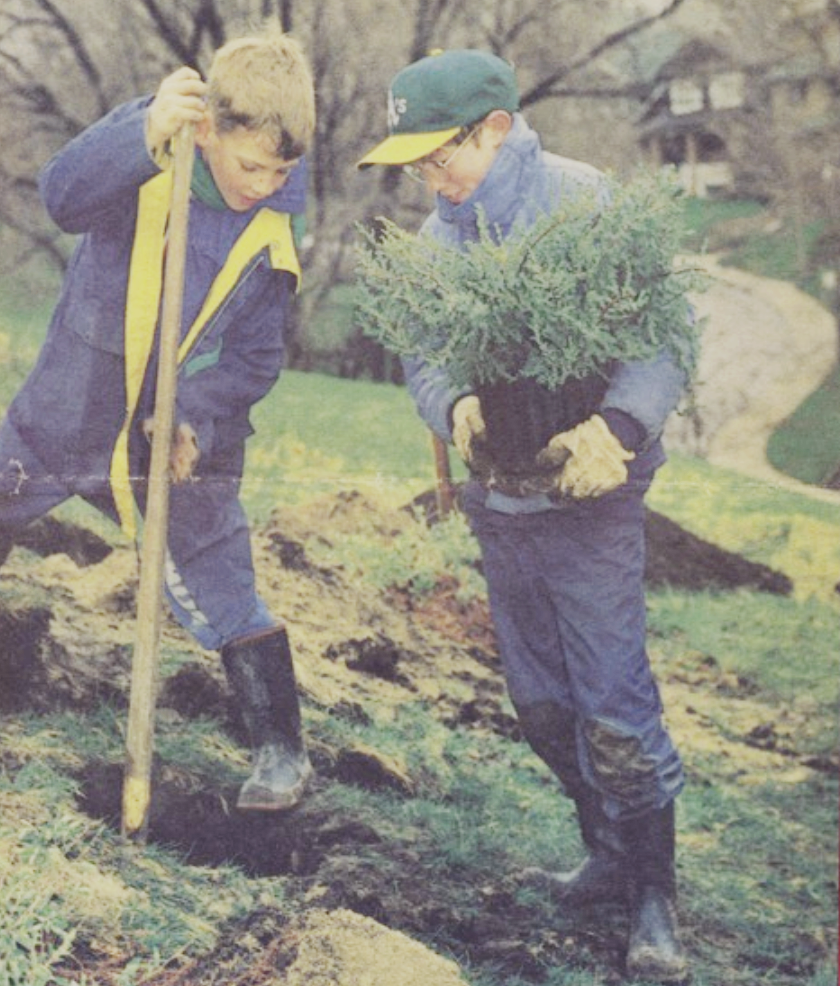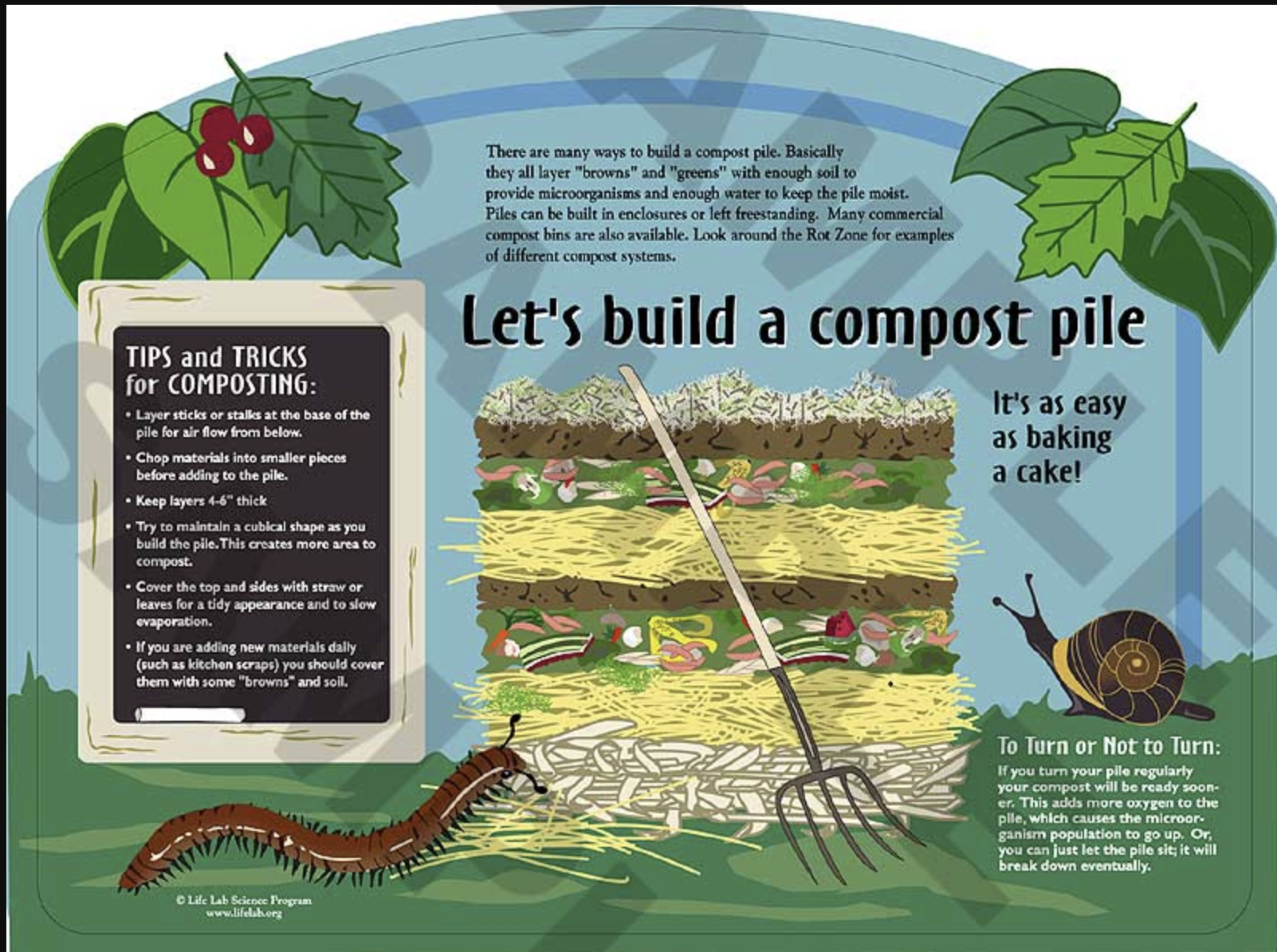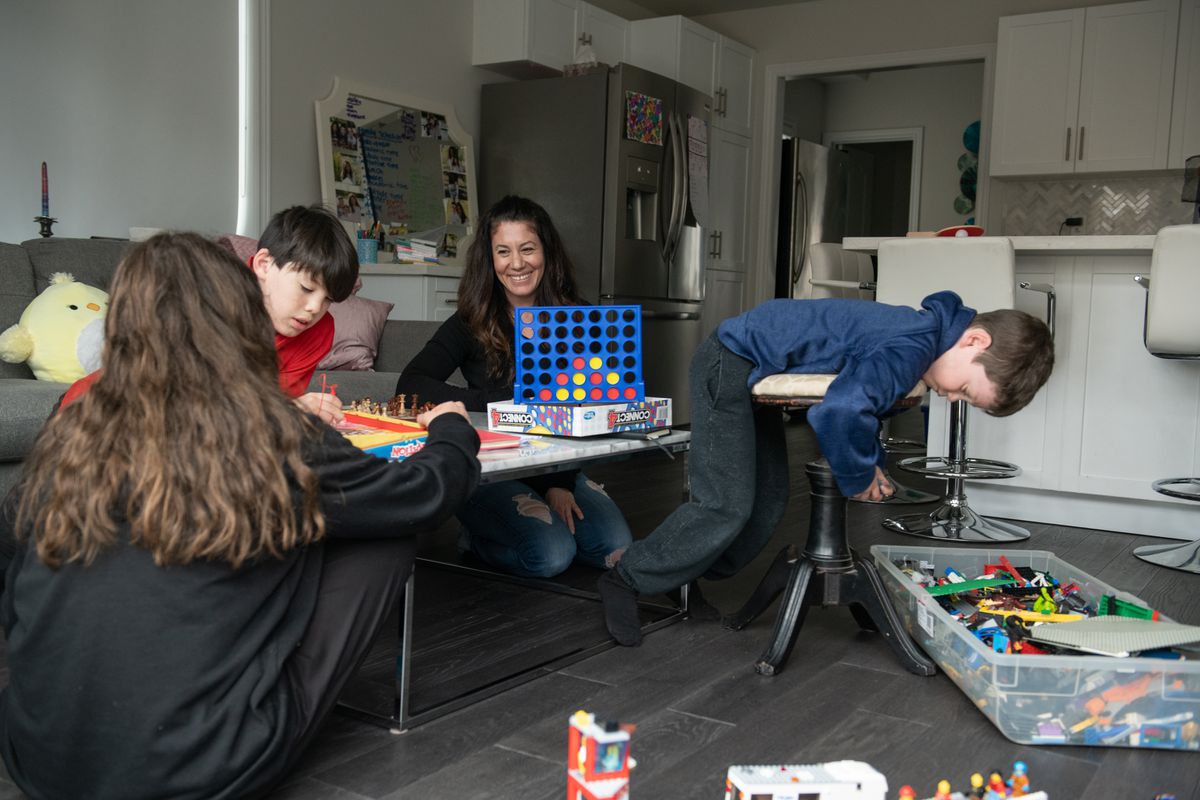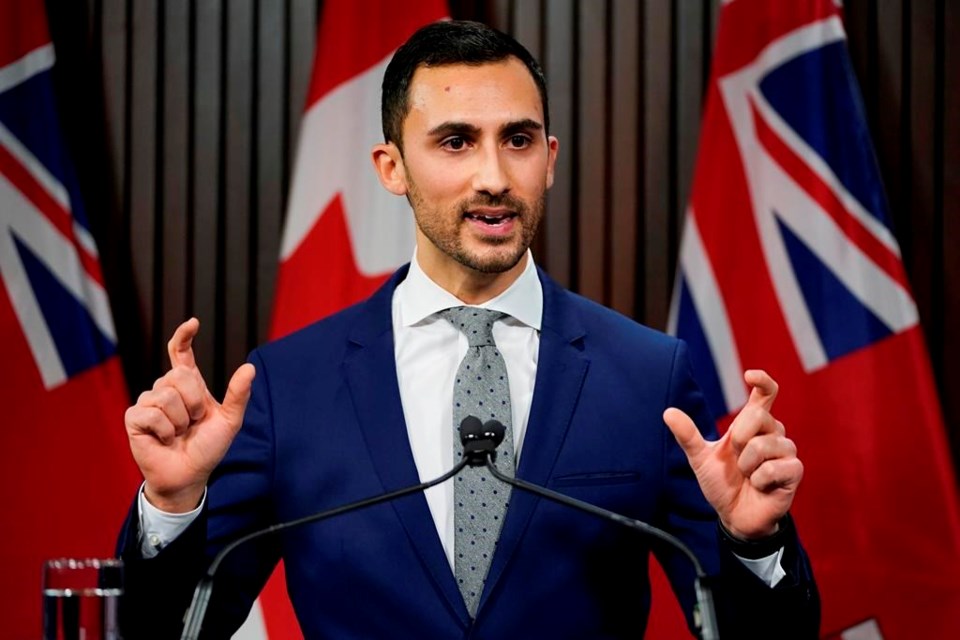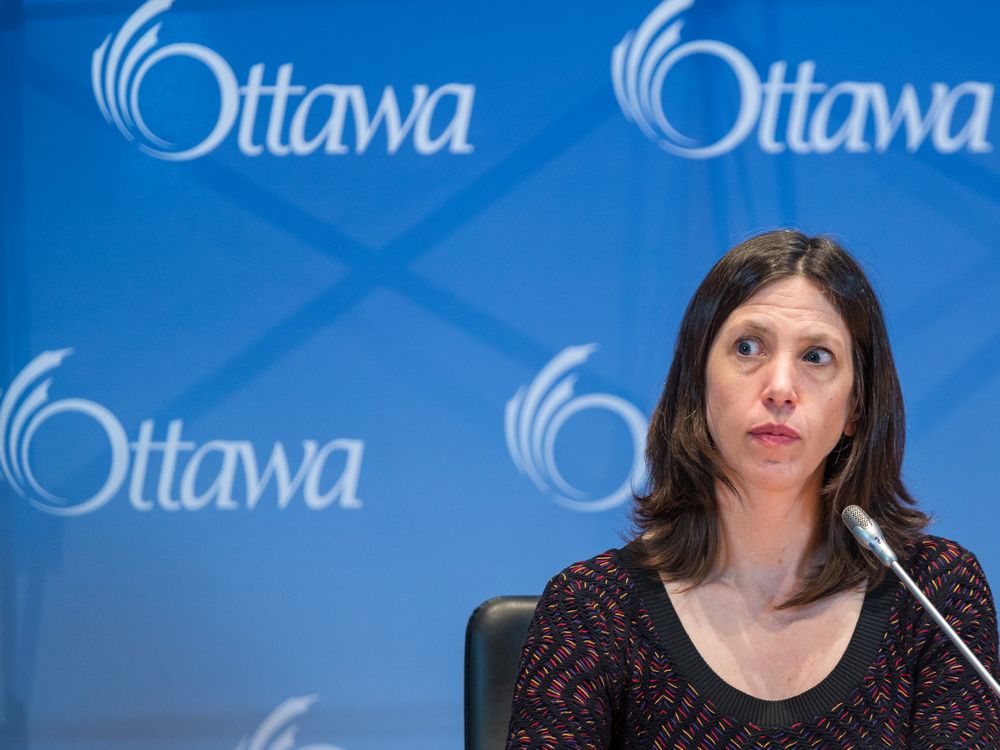When I was in elementary school, I remember the Public Health Nurse (PHN) bandaging my scraped knee. At the time, I had no idea what role the nurse played in my little Toronto school. As early as the ‘40’s, Public Health Nursing was established within the Provincial Board of Health, making these nurses responsible for all public health in Ontario. As a result, elementary school nurses have been key to supporting the health of students, and by extension their families and communities for most of the 20th century.
Children lined up to receive their needles at an immunization clinic in the District of Algoma, 1932
Public Health nurses have made essential contributions to schools by preventing illnesses, monitoring and treating student health, reducing costs to our health care system, and improving community health:
Prevention of Illnesses: Bullying, Self Harm, Obesity; Ensuring equitable access to health and social services; Collecting Statistics of Health-Related Issues (eg. outbreaks of illness)
Monitoring & Referrals: Dental Health; Vision Tests; Learning Disabilities
Treatments: Vaccinations; Asthma, Severe Allergies, Smoking Cessation; Control of Infectious and Parasitic Diseases (eg. Lice); Monitoring Acute Health Concerns or Illness (Flu, Measles, COVID-19); Monitoring Chronic and Complex Health Problems
Having a PHN in my school meant that not only could I have my knee bandaged, but a child with diabetes could receive support dealing with this difficult condition, leveling the playing field for them in their academic day. Children falling behind in school could be immediately evaluated for vision or hearing issues. A child going into anaphylaxis after eating an allergen could be treated professionally while waiting for an ambulance, improving their outcome. A child showing symptoms of a contagious disease could be diagnosed & isolated, preventing outbreaks.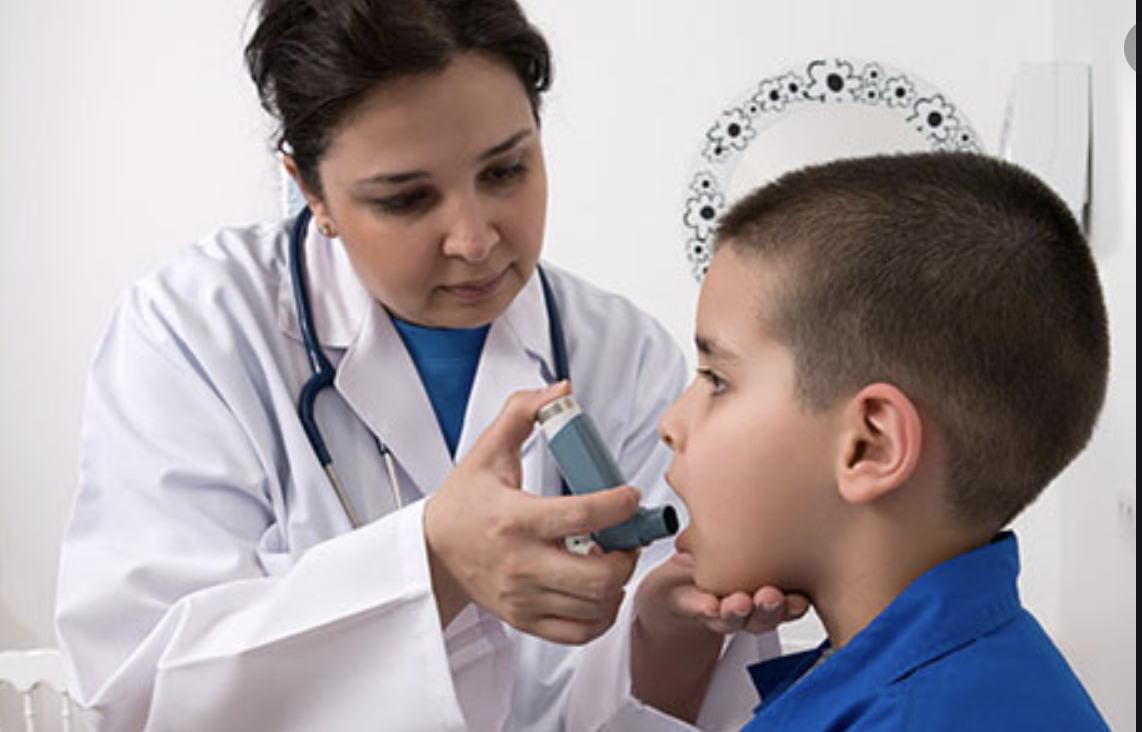
By 1999, the number of PHNs in schools was reduced greatly, so nurses became responsible for many schools at once. Ontario lost these knowledge experts, who intimately knew the communities where they worked. Some neighbourhoods lost their high school health nurse visits completely.
In Ontario today, a PHN may be responsible for anywhere from 1-35 schools (approximately 400-14,000 students), depending on the health unit. There are so few PHNs in schools in Ontario now that few people still understand their role. Today, that child with diabetes risks losing school time because they do not have the same experienced support to help them manage their disease or the same opportunities as others. The chance of an acute illness spreading through the community undetected is higher without trained personnel on the ground who is focused on this aspect of the school. Fix Our Schools has often noted how Principals, over the years, have become responsible for too much – including being resident boiler experts! As Ontario determines how students will return to school, we cannot expect Principals to fill the critical role of a PHN.
“Big-city mayors from across Ontario are extremely concerned." Mayors from 28 major municipalities across Ontario have blasted the province’s plan to cut public health funding, calling on them to put that decision on hold. @jpags https://t.co/WWzs6dNfWH
— Toronto Star (@TorontoStar) May 1, 2019
In a time when public health needs to be closely scrutinized, perhaps we need to examine the barriers that are preventing PHN’s from fulfilling their essential role in Ontario schools.

